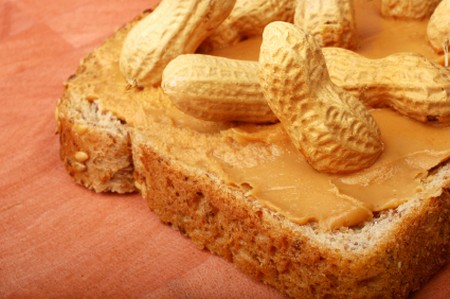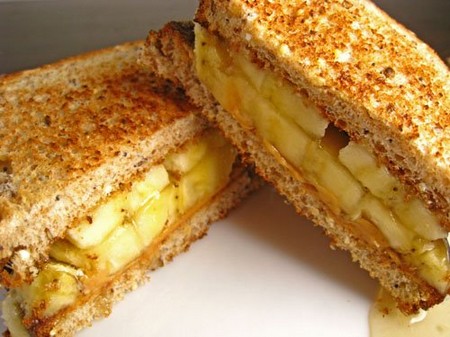History of Peanut Butter
Peanut butter is a quintessential, all-American product. It is the premier ingredient in many school kids’ lunch boxes, and it is estimated (though not scientifically) that the average American eats over 1500 peanut-butter-and-jam sandwiches by the time he reaches college. Now one of the most common household products in America, peanut butter hardly ever reaches that status outside of the country. But it is still a phenomenon; in fact, more than one in two peanuts produced ends up in a peanut butter jar.
A Brief History of Peanuts
Peanuts originated somewhere in South America and made their way to the rest of the world through European traders who brought them to the United States. America wasn’t a large peanut producer until the turn of the 19th century, when technology allowed for large-scale production of this highly labor-intensive vegetable.

Until then peanuts had been cultivated mostly in the South and consumed either as a roasted food or in the form of oil. Soldiers famously ate them as a roasted treat during the Civil War. Peanut production has grown ever since with the invention of new peanut-based products. It is now a multi-billion dollar industry, and over 500 billion peanuts are consumed in the United States every year.
Peanut Butter’s Ancestors
Peanuts had become a commonly-grown legume all around the world long before peanut butter was ever invented. Mashed peanuts were therefore widespread and used for a variety of dishes such as gruels, stews and sauces. But it was toward the end of the 19th century that a process to turn peanuts into a buttery paste came to life.
The two most likely inventors of peanut butter are the American Dr. John H. Kellogg and the Canadian Marcellus Gilmore Edson, who both registered a patent for a roasting technique that turns peanuts into a paste around 1890. By the turn of the century peanut-based products had become common in American households, thanks in part to the scientist George Washington Carver, who actively promoted and developed peanut products.
Modern Peanut Butter – The Non-Separating Factor
In 1922 peanut butter underwent its last major development to become the product we know today. Joseph L. Rosefield, a chemist and businessman from California, invented a way to make peanut butter more fluid with the addition of vegetable oil. The result was called “non-separating” peanut butter and is the modern version of the product. The country’s leading brands then proceeded to develop various versions of the product, including low-fat, chunky and smooth peanut butter to cater for the population’s diverse tastes.
Peanut Butter Today
Peanut butter remained a largely domestic product until the 1960s, when it started becoming more popular in the rest of the world. More than half of the U.S. peanut production goes into peanut butter, and it is estimated that every American eats over three pounds of peanut butter each year. Peanut butter is present in many processed foods sold today, including chocolate candies, ice cream, snack bars and cookies.

In 2007 a salmonella epidemic sent shockwaves throughout the whole industry. Many peanut-based products (including, most of all, peanut butter) were recalled in one of the biggest such operations the country has ever seen. That health-related episode outlined the importance of peanut-butter in the American way of life today.
